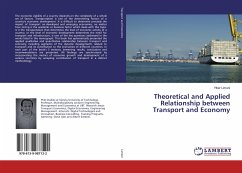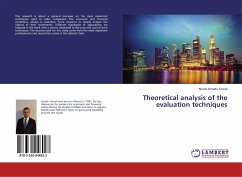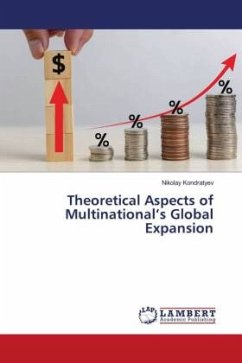
CURRENCY CRISES: SOME THEORETICAL PERSPECTIVES
Versandkostenfrei!
Versandfertig in 6-10 Tagen
29,99 €
inkl. MwSt.

PAYBACK Punkte
15 °P sammeln!
This study attempts to track down the roots of the currency crises discussing some models on currency crises. The early works, called first-generation models, was in response to currency crises in developing countries such as Mexico (1973-82) and Argentina (1978-81). The later models, called second-generation models, are designed to capture features of the speculative attacks in the Europe and Mexico in the 1980s and 90s. In these models, speculative attacks appear in the form of self-fulfilling prophecy, since they may occur even when the level of forex reserves seems sufficient to make the p...
This study attempts to track down the roots of the currency crises discussing some models on currency crises. The early works, called first-generation models, was in response to currency crises in developing countries such as Mexico (1973-82) and Argentina (1978-81). The later models, called second-generation models, are designed to capture features of the speculative attacks in the Europe and Mexico in the 1980s and 90s. In these models, speculative attacks appear in the form of self-fulfilling prophecy, since they may occur even when the level of forex reserves seems sufficient to make the pegged rate 'viable'. In the analysis of East-Asian crises in 1997, however, neither of two generation of models seems to have much relevance. And a new road of crises discovered, the third-generation approach, introducing the balance-sheet effect. It is the responsibility of the theorists to set a policy prescription to minimize the frequency of such crises and minimize the social loss in case a crisis emerges. Evidence to date reinforces the view that currency crises are not alike. It seems very unlikely that anything important will actually happen until the next crisis rolls around.












